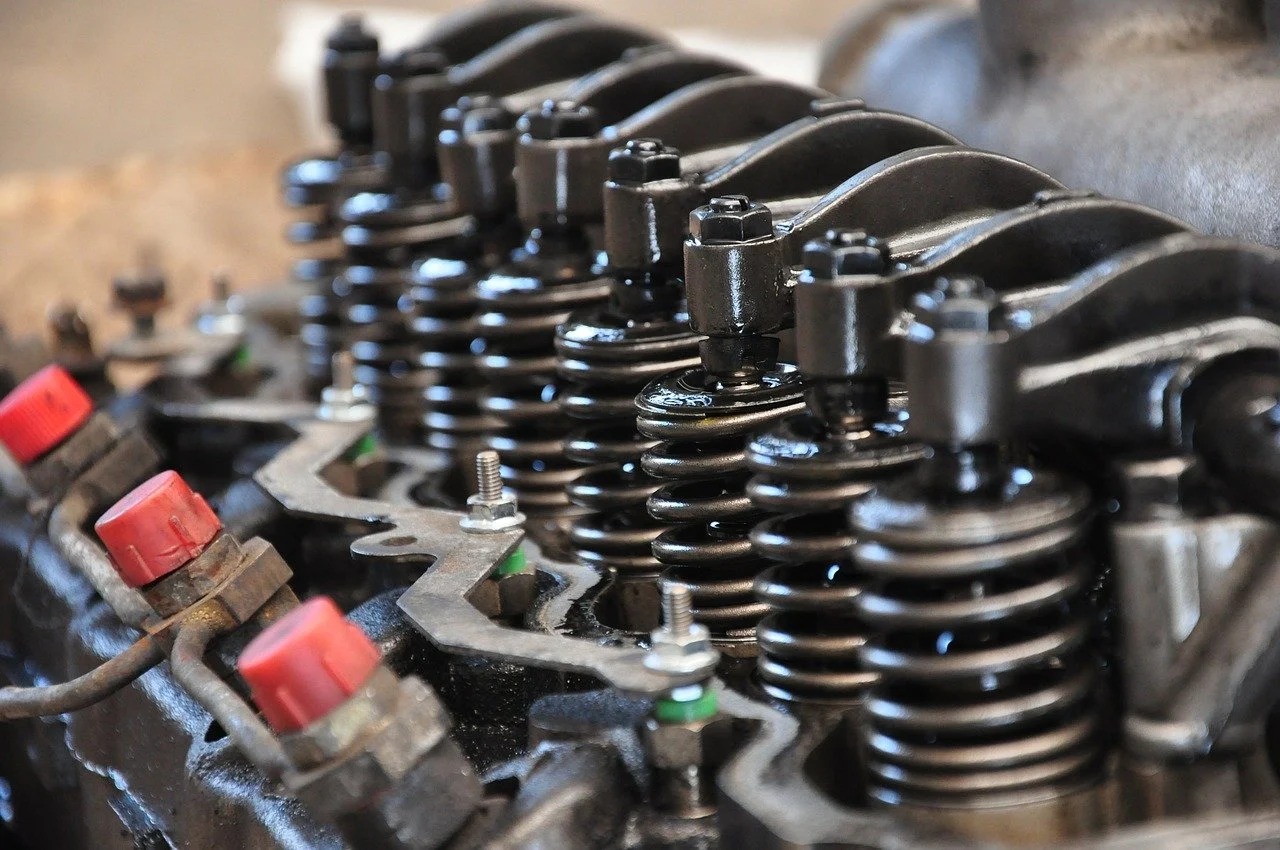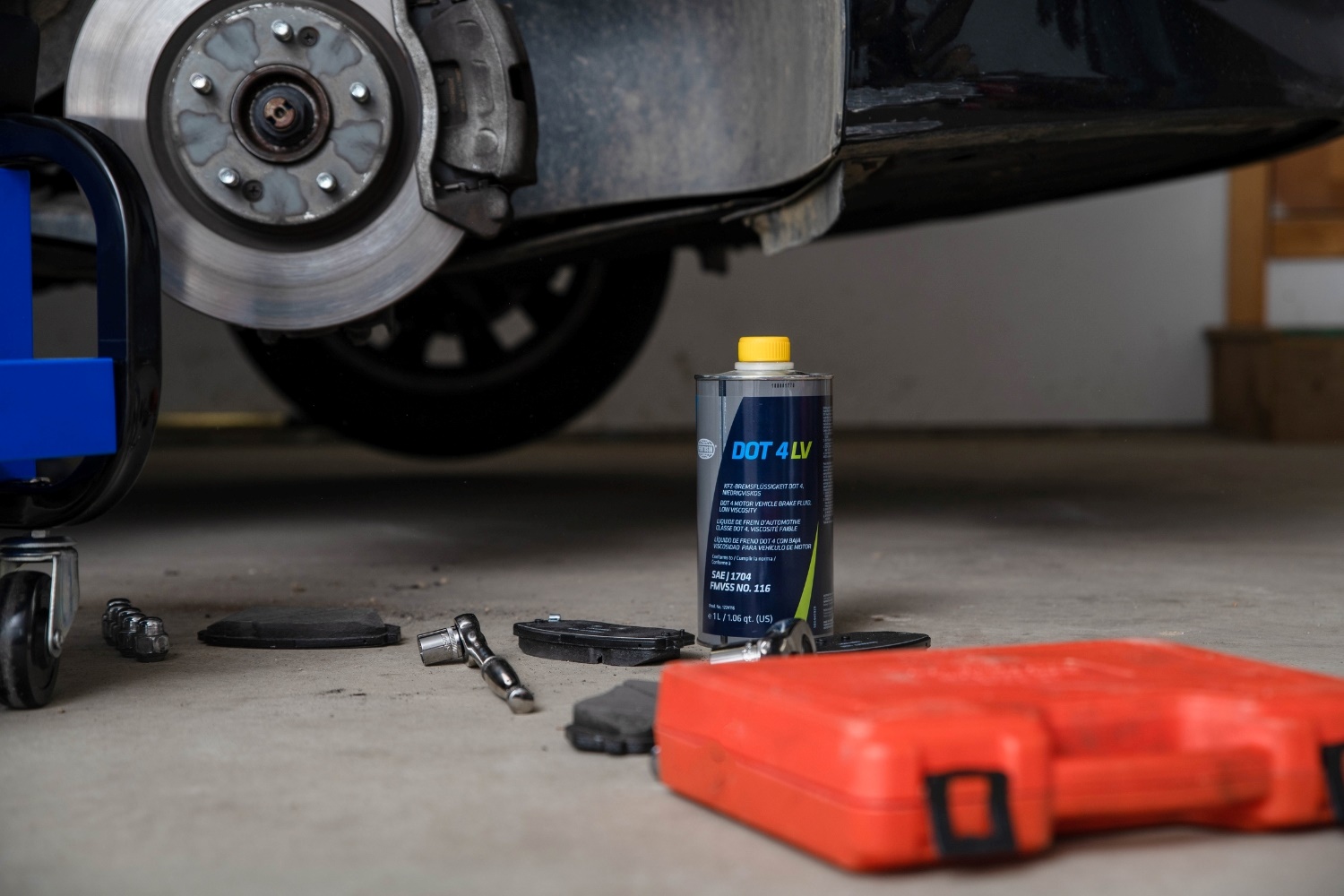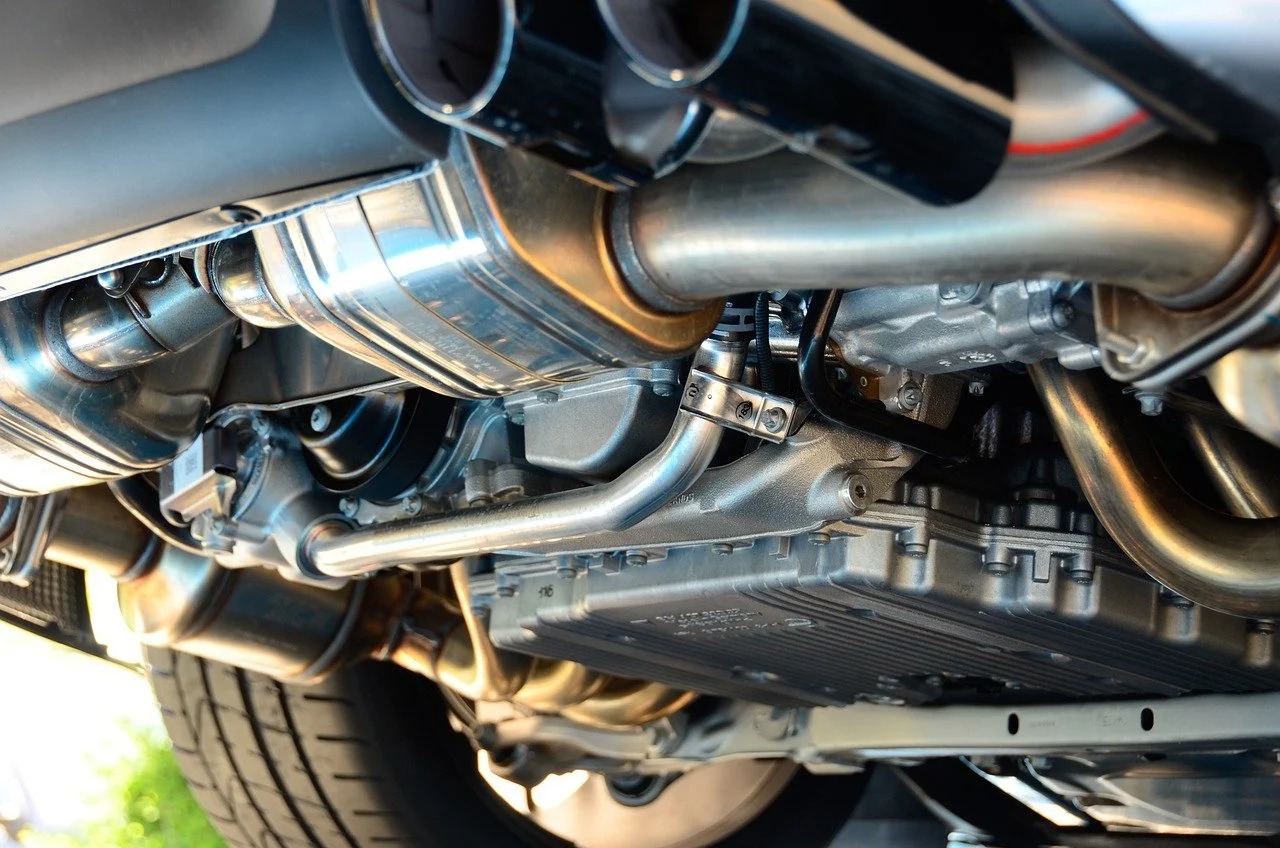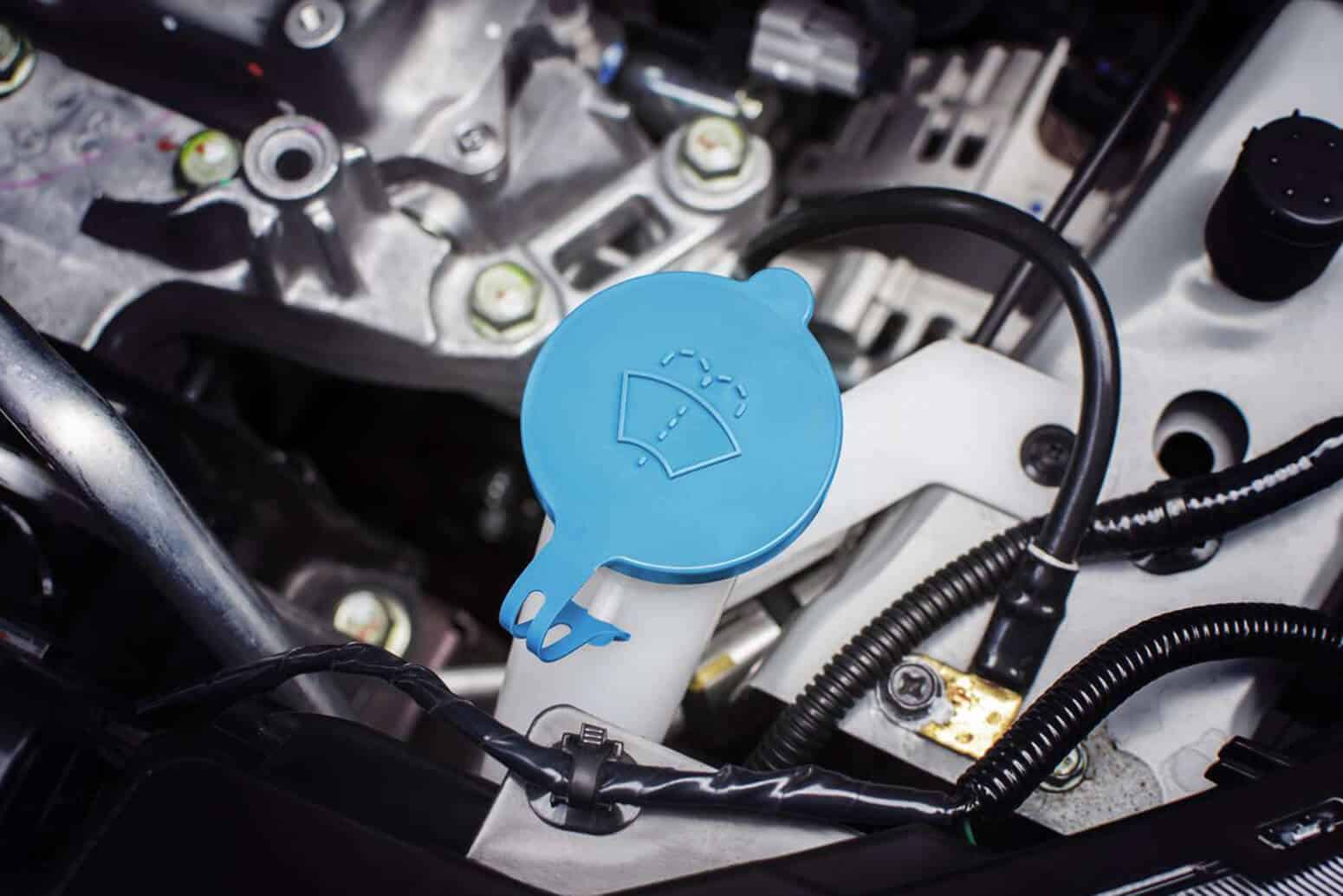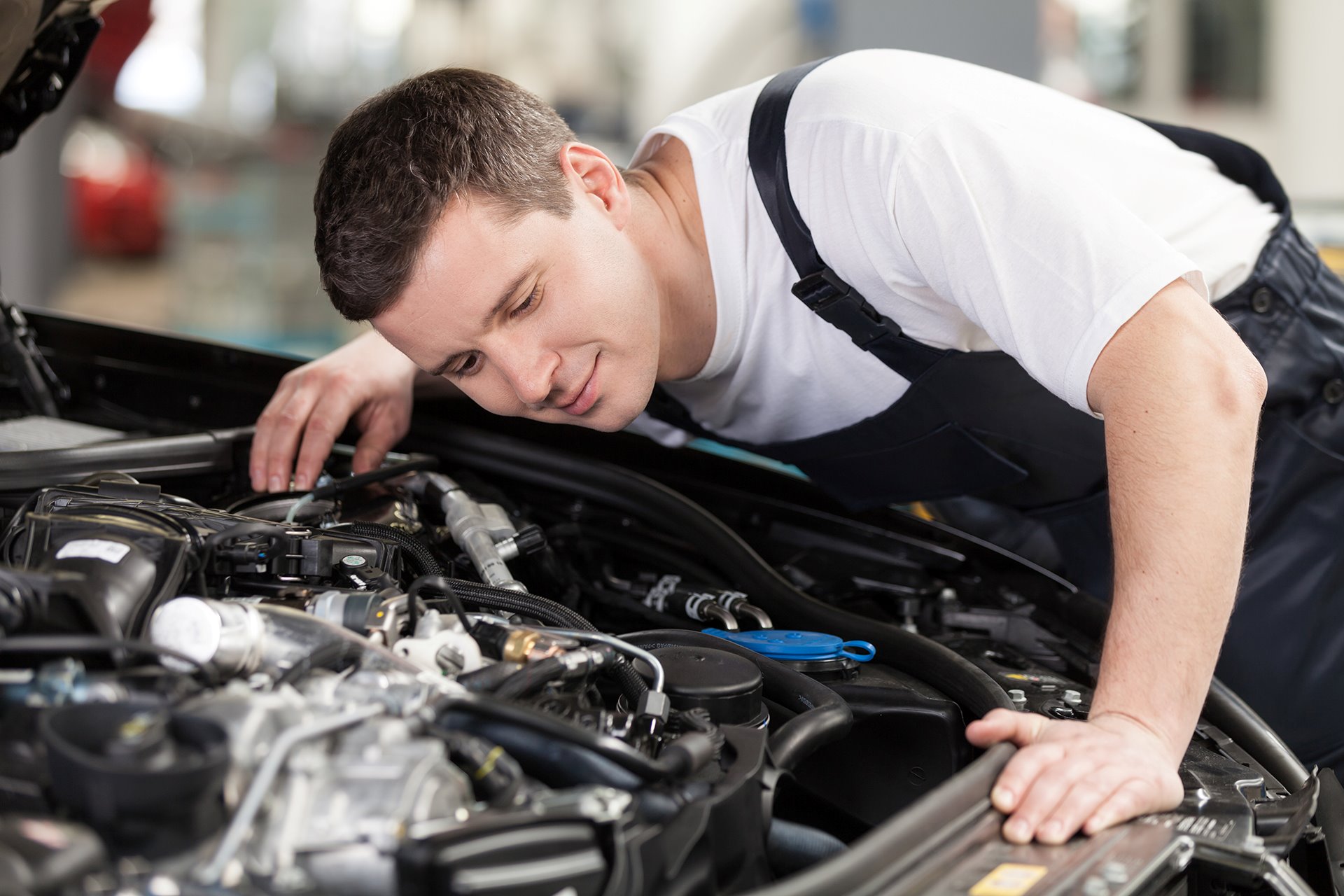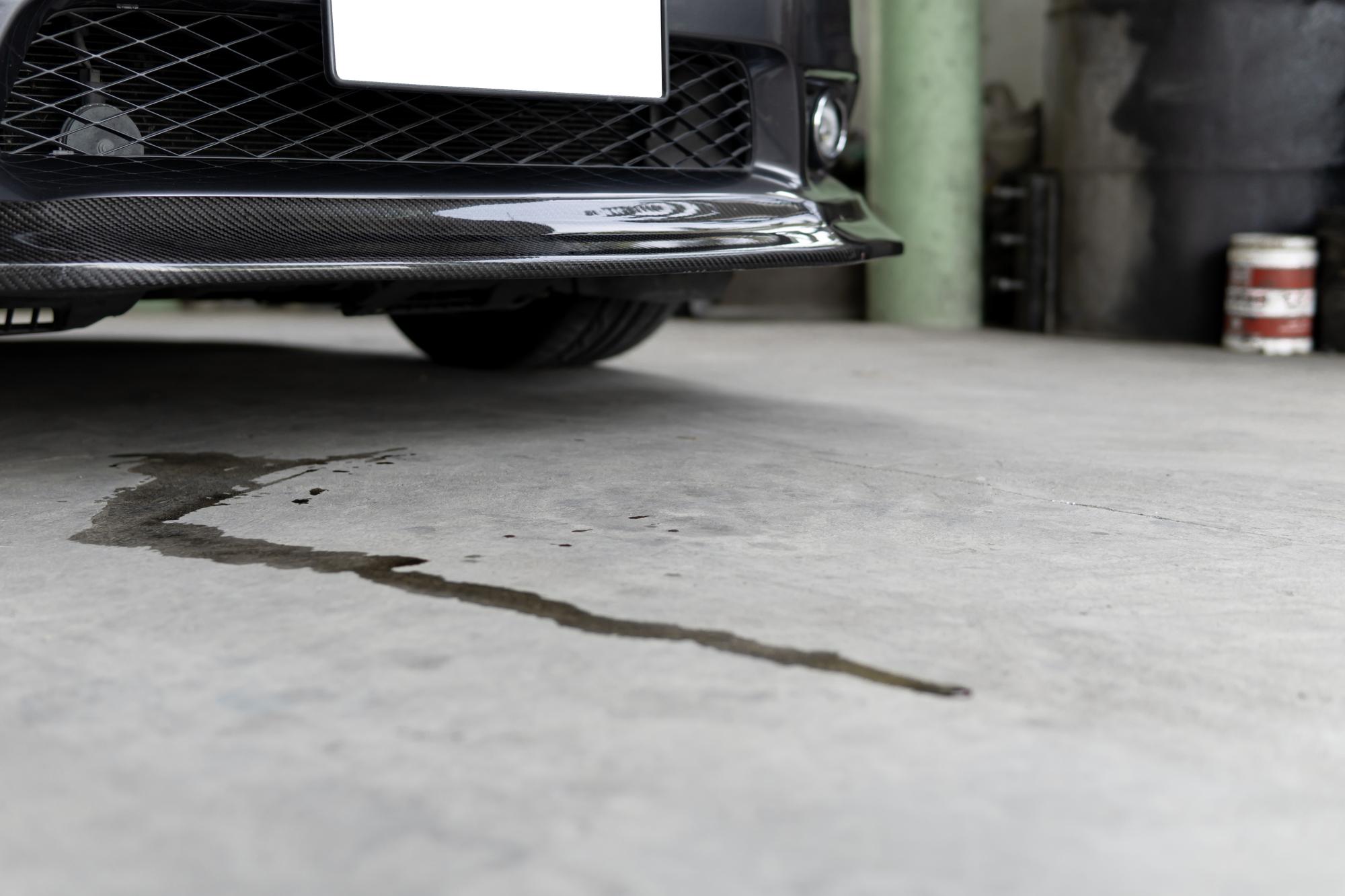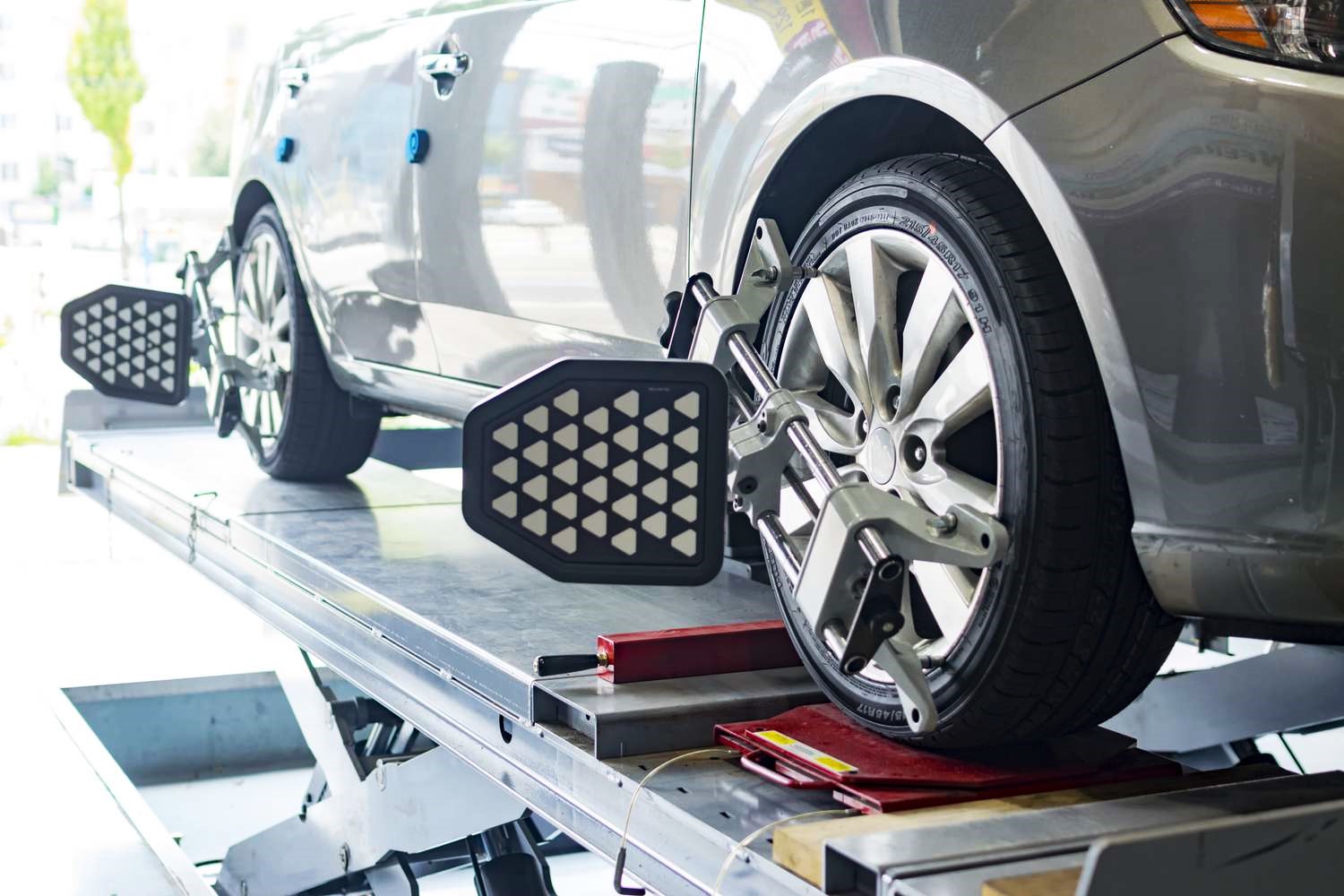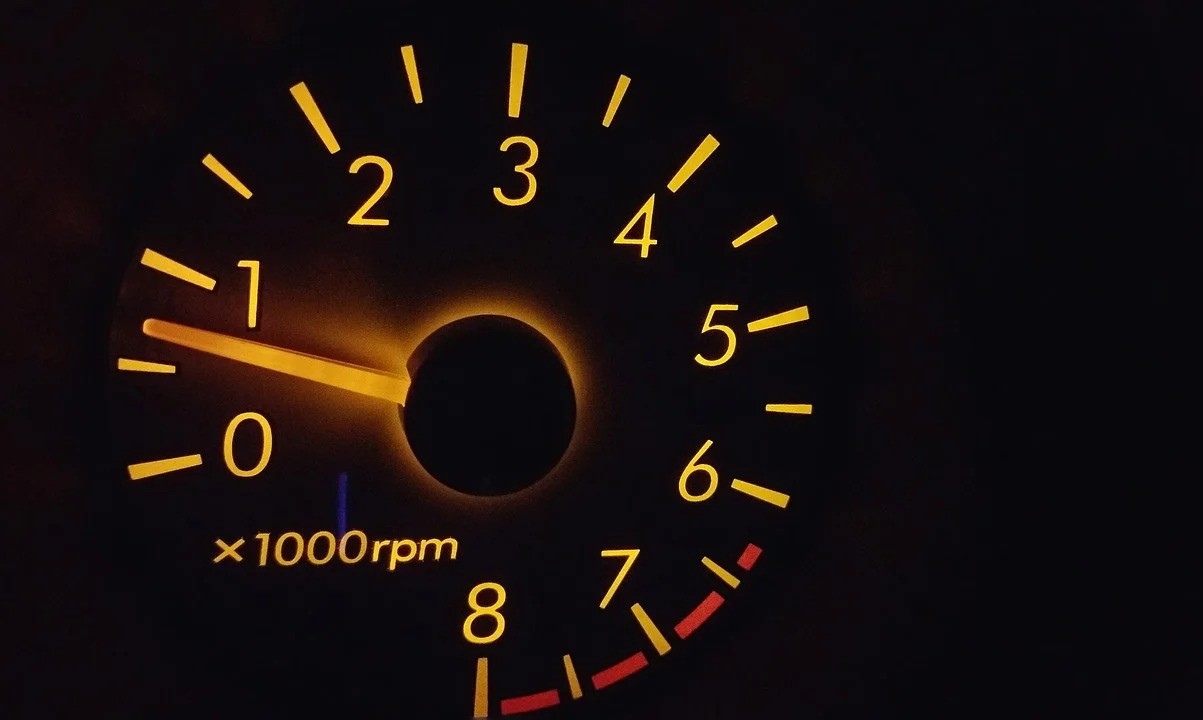Home>Automotive>5 Surprising Reasons Your Car Is Leaking Power Steering Fluid
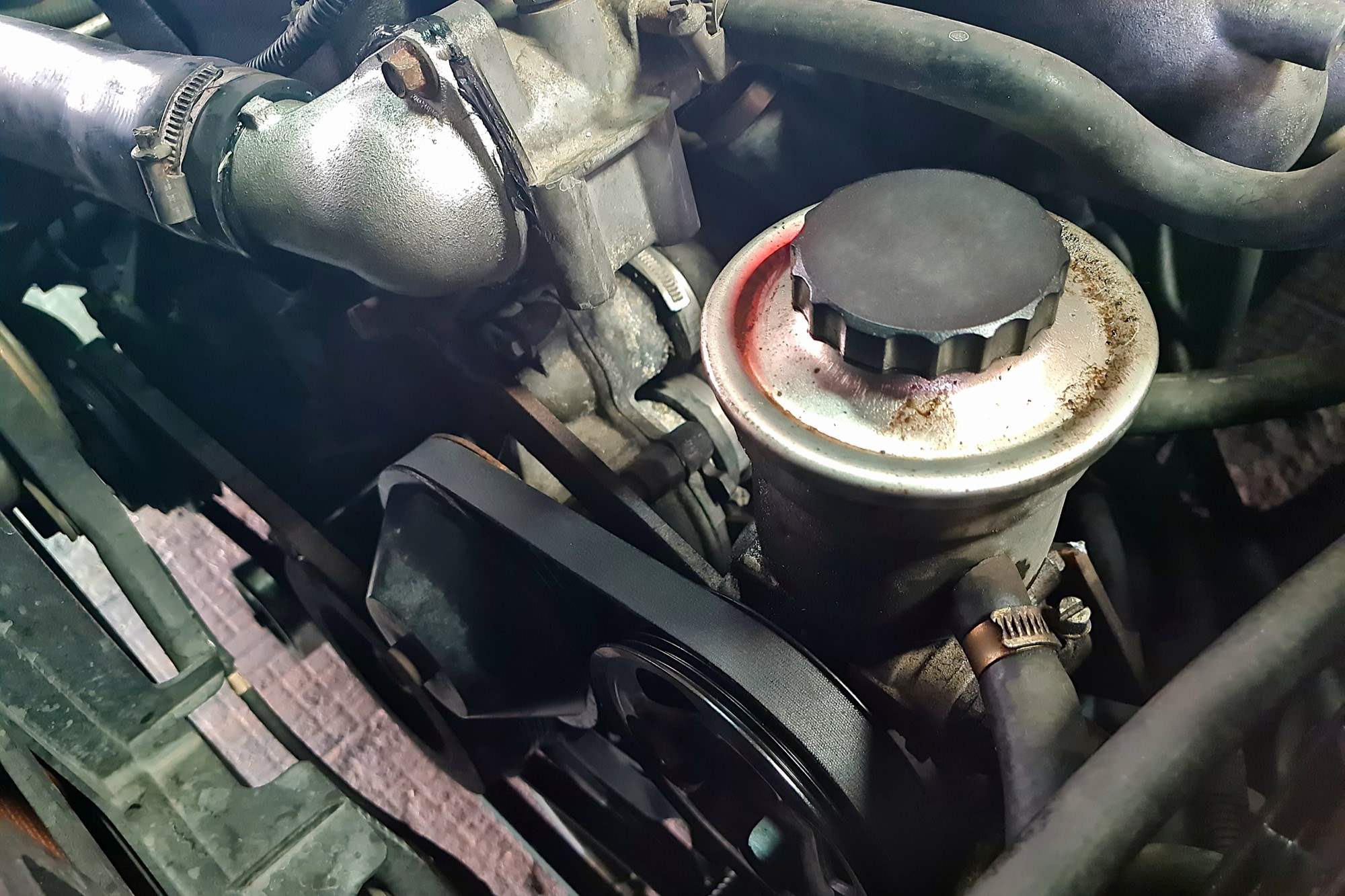

Automotive
5 Surprising Reasons Your Car Is Leaking Power Steering Fluid
Published: February 14, 2024
Discover the 5 surprising reasons why your car may be leaking power steering fluid. Get expert automotive insights and solutions to fix the issue.
(Many of the links in this article redirect to a specific reviewed product. Your purchase of these products through affiliate links helps to generate commission for Noodls.com, at no extra cost. Learn more)
Table of Contents
Introduction
Your car's power steering system plays a crucial role in ensuring smooth and effortless steering control. However, if you've noticed a puddle of red or brownish fluid under your vehicle, it could be a sign of a power steering fluid leak. Addressing this issue promptly is essential to maintain the optimal performance and safety of your vehicle.
In this article, we'll explore five surprising reasons why your car might be leaking power steering fluid. By understanding these potential causes, you'll be better equipped to identify and address the issue, ultimately saving you time, money, and potential headaches down the road.
Let's delve into the intricacies of your car's power steering system to uncover the underlying reasons for power steering fluid leaks. Whether you're a seasoned car enthusiast or simply want to expand your knowledge of automotive maintenance, this article will provide valuable insights into a commonly overlooked aspect of vehicle care. So, fasten your seatbelt and get ready to uncover the mysteries behind power steering fluid leaks!
Reason 1: Damaged Power Steering Hose
The power steering hose is a vital component of the power steering system, responsible for transporting the power steering fluid from the pump to the steering gear. Over time, the hose can deteriorate due to exposure to heat, pressure, and environmental factors, leading to cracks, leaks, or complete failure.
One of the primary reasons for a power steering fluid leak is a damaged power steering hose. The hose can become worn out or develop cracks, especially in older vehicles or those subjected to harsh driving conditions. Additionally, the constant exposure to high temperatures and engine heat can cause the rubber in the hose to degrade, compromising its structural integrity.
When the power steering hose is damaged, it can result in a noticeable loss of power steering fluid, leading to decreased steering responsiveness and potential safety hazards. A visual inspection of the power steering hose can reveal signs of wear, such as visible cracks, bulges, or fluid seepage. Furthermore, a damaged hose may emit a hissing or whining sound, indicating a leak under pressure.
Addressing a damaged power steering hose is crucial to prevent further fluid loss and maintain the efficiency of the power steering system. Replacing the hose with a high-quality, compatible component is essential to ensure proper fluid flow and prevent future leaks. Regular inspection and maintenance of the power steering hose can help identify potential issues early on, minimizing the risk of unexpected leaks and steering malfunctions.
By understanding the impact of a damaged power steering hose on the overall performance of the power steering system, car owners can take proactive measures to address potential leaks and uphold the safety and reliability of their vehicles. Whether through DIY inspections or professional maintenance, prioritizing the condition of the power steering hose is a fundamental aspect of responsible vehicle ownership.
Reason 2: Worn Out Power Steering Pump
The power steering pump is a critical component of the power steering system, responsible for generating the hydraulic pressure needed to assist in steering control. Over time, the continuous operation and exposure to high temperatures can lead to wear and tear, causing the power steering pump to develop leaks and compromise its functionality.
A worn-out power steering pump is a common culprit behind power steering fluid leaks in vehicles. The internal seals and components of the pump can deteriorate, leading to fluid seepage or visible leaks. Additionally, the pump's housing and connections may develop cracks or damage, further contributing to fluid loss.
One of the telltale signs of a worn-out power steering pump is the presence of power steering fluid puddles or drips beneath the vehicle, often accompanied by a noticeable decrease in power steering assistance. Drivers may experience increased steering effort and a whining or groaning noise when turning the steering wheel, indicating potential pump issues.
Addressing a worn-out power steering pump is essential to prevent further fluid leaks and maintain the optimal performance of the power steering system. Replacing the pump with a high-quality, compatible unit is crucial to restore proper hydraulic pressure and prevent potential safety hazards associated with compromised steering control.
Regular inspection and maintenance of the power steering pump can help identify early signs of wear and address potential leaks before they escalate. By prioritizing the condition of the power steering pump, vehicle owners can uphold the safety, reliability, and overall driving experience of their vehicles.
Understanding the impact of a worn-out power steering pump on the power steering system's functionality empowers car owners to take proactive measures in addressing potential leaks and ensuring the continued efficiency of their vehicles. Whether through professional maintenance or DIY replacement, safeguarding the integrity of the power steering pump is a fundamental aspect of responsible vehicle ownership.
Reason 3: Loose or Damaged Fittings
Loose or damaged fittings within the power steering system can be a surprising yet significant cause of power steering fluid leaks in vehicles. The fittings, including connections, seals, and couplings, play a crucial role in maintaining the integrity of the power steering fluid circulation. However, over time, these fittings can become compromised due to various factors, leading to fluid seepage and potential leaks.
One of the primary reasons for loose or damaged fittings is the natural wear and tear that occurs as the vehicle ages. The constant exposure to engine heat, pressure fluctuations, and mechanical stress can gradually weaken the fittings, causing them to loosen or develop cracks. Additionally, improper installation or maintenance practices can contribute to fitting-related issues, further exacerbating the risk of fluid leaks.
Identifying loose or damaged fittings can be challenging, as they are often located in confined spaces within the power steering system. However, visual inspections and targeted leak detection methods can reveal signs of fluid seepage around the fittings. Additionally, drivers may notice a gradual decrease in power steering fluid levels, accompanied by a reduction in steering responsiveness and potential fluid puddles beneath the vehicle.
Addressing loose or damaged fittings is crucial to prevent ongoing fluid leaks and maintain the efficiency of the power steering system. Tightening or replacing the affected fittings with high-quality, compatible components is essential to restore the integrity of the fluid circulation and prevent potential safety hazards associated with fluid loss.
Regular inspection and maintenance of the power steering fittings can help identify potential issues early on, minimizing the risk of unexpected leaks and steering malfunctions. By prioritizing the condition of the fittings, vehicle owners can take proactive measures to address potential leaks and uphold the safety and reliability of their vehicles.
Understanding the impact of loose or damaged fittings on the overall performance of the power steering system empowers car owners to prioritize the maintenance of these critical components. Whether through professional inspection or DIY maintenance, safeguarding the integrity of the power steering fittings is a fundamental aspect of responsible vehicle ownership.
Reason 4: Cracked or Damaged Power Steering Rack
The power steering rack, also known as the steering gear, is a pivotal component of the power steering system, responsible for translating the rotational motion of the steering wheel into the lateral movement of the vehicle's front wheels. However, a surprising yet significant cause of power steering fluid leaks in vehicles can be attributed to a cracked or damaged power steering rack.
Over time, the power steering rack can be subjected to various stressors, including road vibrations, steering movements, and exposure to environmental elements. These factors can contribute to the gradual wear and tear of the rack, potentially leading to cracks, leaks, or compromised seals within the system.
One of the primary indicators of a cracked or damaged power steering rack is the presence of power steering fluid leaks near the rack assembly. Drivers may notice fluid seepage or puddles beneath the vehicle, often accompanied by a reduction in power steering fluid levels. Additionally, steering responsiveness may be affected, with drivers experiencing increased steering effort or potential fluid leakage during turns.
Addressing a cracked or damaged power steering rack is crucial to prevent ongoing fluid leaks and maintain the optimal functionality of the power steering system. Replacing the affected rack components with high-quality, compatible parts is essential to restore the integrity of the steering gear and prevent potential safety hazards associated with compromised steering control.
Regular inspection and maintenance of the power steering rack can help identify early signs of damage and address potential leaks before they escalate. By prioritizing the condition of the power steering rack, vehicle owners can take proactive measures to uphold the safety, reliability, and overall driving experience of their vehicles.
Understanding the impact of a cracked or damaged power steering rack on the power steering system's functionality empowers car owners to prioritize the maintenance of this critical component. Whether through professional inspection or DIY maintenance, safeguarding the integrity of the power steering rack is a fundamental aspect of responsible vehicle ownership.
Reason 5: Overfilled Power Steering Reservoir
An often overlooked yet surprising reason for power steering fluid leaks in vehicles is an overfilled power steering reservoir. While maintaining the appropriate fluid level is essential for the optimal functioning of the power steering system, an excess of power steering fluid can lead to unexpected complications and potential leaks.
Overfilling the power steering reservoir can occur due to various factors, including inaccurate fluid level assessments, incorrect topping-up procedures, or the misconception that more fluid equates to better performance. Additionally, topping up the reservoir without addressing underlying issues such as leaks or component malfunctions can exacerbate the risk of overfilling.
The consequences of an overfilled power steering reservoir can manifest in the form of fluid seepage, leaks, or increased pressure within the system. The excess fluid can lead to elevated pressure levels, potentially causing seals, hoses, or other components to fail, resulting in fluid leaks. Moreover, the excessive fluid volume can lead to foaming or aeration within the system, compromising the hydraulic efficiency and overall performance of the power steering system.
Identifying an overfilled power steering reservoir can be challenging, as visual inspections may not immediately reveal the issue. However, drivers may notice fluid seepage around the reservoir cap or an increase in power steering fluid levels beyond the recommended range. Additionally, steering responsiveness may be affected, with potential fluid leaks occurring during turns or under varying driving conditions.
Addressing an overfilled power steering reservoir is crucial to prevent ongoing fluid leaks and maintain the optimal functionality of the power steering system. Removing the excess fluid to achieve the recommended level is essential to alleviate the pressure on the system and mitigate the risk of potential leaks. Additionally, conducting a thorough inspection of the power steering components to identify underlying issues contributing to the overfilling is paramount in preventing future complications.
Regular monitoring and maintenance of the power steering fluid level, coupled with a proactive approach to addressing overfilling, can safeguard the integrity and efficiency of the power steering system. By understanding the implications of an overfilled power steering reservoir, vehicle owners can take proactive measures to uphold the safety, reliability, and overall performance of their vehicles.
Understanding the impact of an overfilled power steering reservoir on the power steering system's functionality empowers car owners to prioritize the maintenance of this critical component. Whether through professional inspection or DIY maintenance, safeguarding the appropriate fluid level in the power steering reservoir is a fundamental aspect of responsible vehicle ownership.
Conclusion
In conclusion, maintaining a vigilant approach to the condition of your car's power steering system is paramount in ensuring the safety, efficiency, and longevity of your vehicle. The five surprising reasons for power steering fluid leaks discussed in this article shed light on the often overlooked yet critical aspects of automotive maintenance. By understanding the potential causes of fluid leaks and their implications, car owners can take proactive measures to address these issues and preserve the optimal functionality of their power steering systems.
From damaged power steering hoses to worn-out power steering pumps, loose or damaged fittings, cracked or damaged power steering racks, and overfilled power steering reservoirs, each of these factors can significantly impact the performance and safety of your vehicle. Recognizing the signs and symptoms associated with these issues, such as fluid puddles, decreased steering responsiveness, and unusual noises, empowers car owners to identify potential leaks early on and take the necessary steps to rectify the underlying causes.
Regular inspections, proactive maintenance, and prompt resolution of power steering fluid leaks are essential practices that contribute to the overall well-being of your vehicle. Whether through DIY checks or seeking professional assistance, prioritizing the health of your power steering system can prevent unexpected complications, costly repairs, and potential safety hazards on the road.
By staying informed about the intricacies of your car's power steering system and remaining attentive to any signs of fluid leaks, you can uphold the reliability, safety, and driving experience of your vehicle. Remember, a proactive approach to addressing power steering fluid leaks not only safeguards your car's performance but also contributes to your peace of mind as a responsible vehicle owner.
In essence, the insights shared in this article serve as a reminder of the interconnectedness between attentive maintenance and the overall well-being of your vehicle. By taking the necessary steps to address power steering fluid leaks and understanding their underlying causes, you are actively contributing to the longevity and performance of your car, ensuring many more miles of smooth and safe driving ahead.
